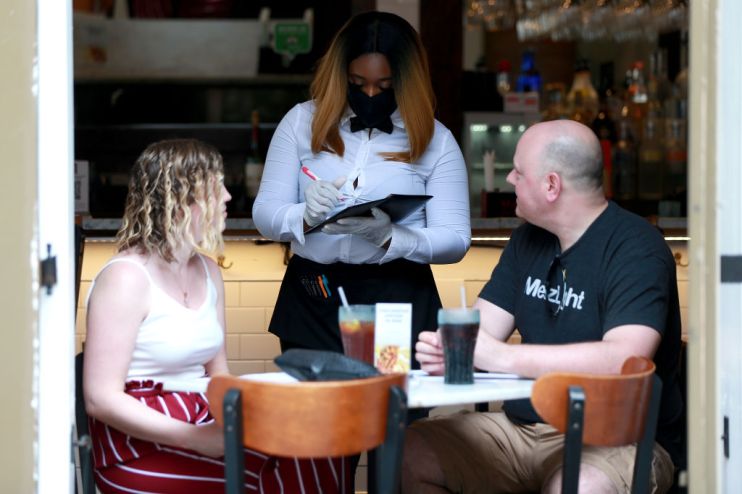US job growth accelerates in May as unemployment rate falls to 5.8 per cent

US employers boosted hiring in May as an easing pandemic pulled more people back into work.
Payrolls shot up by 559,000 last month, the Labor Department said in its highly anticipated employment report today.
The number fell short of economists’ forecasts of 650,000 new jobs in May, but still offers assurance that the economy’s recovery remains on track.
Meanwhile, the unemployment rate fell to 5.8 per cent from 6.1 per cent in April.
“It seems that some of the factors that weighed on the numbers last month are slowly easing, and that there continues to a be a slow but gradual return of workers to the labour market, but slower than expected,” said Willem Sels, chief investment officer at HSBC.
“In our view, unemployment remains too high for a broad-based wage spiral to develop.”
‘Back on track’
Data for April was revised slightly higher to show payrolls rising by 278,000 jobs instead of the 266,000 previously reported.
April’s initial count, which delivered around a quarter of the new jobs economists had forecast, led to concerns among investors that growth was slowing at a time when inflation was rising.
The improving public health situation and massive fiscal stimulus are supporting the US economy, with more than half of the population fully vaccinated against Covid-19.
That has allowed authorities across the country to lift Covid restrictions on businesses, which hit the economy hard early in the pandemic.
“April’s figures were a shock, coming in at a quarter of the expected increase despite stellar economic growth and otherwise-positive employment data,” said Robert Alster, wealth manager at Close Brothers Asset Management.
“Now we are seemingly back on track, and signals are pointing towards a bright future for the US.”
Worker shortage
A worker shortage blamed on childcare complications sharply restrained hiring, with 8.1m job openings currently active.
Millions of workers remain at home as most school districts have not moved to full-time in-person learning.
Despite vaccines being widely accessible, some segments of the population are reluctant to receive their jabs, which experts say is discouraging some people from returning to work.
Government-funded benefits, including a $300 weekly unemployment subsidy, also seem to be constraining hiring.
“The drop in the participation rate and continuing surge in hourly earnings adds credence to the “shortage of workers” narrative, further delaying expectations for a return to full employment,” said Seema Shah, chief strategist at Principal Global Investors.
“With unemployment benefits set to fade in the fall, we may be waiting until the end of summer before we see clear evidence of a fundamentally healing labour market.”